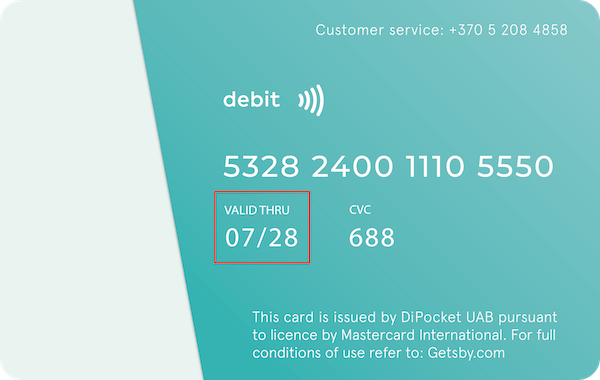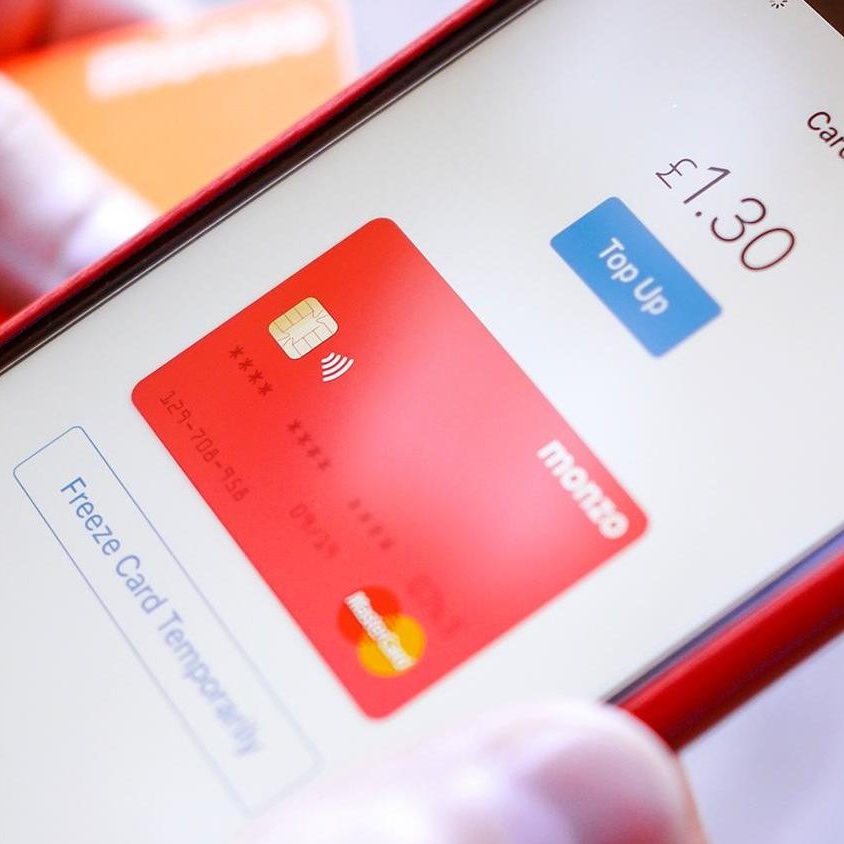
When you receive a debit, credit, or prepaid card, various numbers and details are printed on them. This includes the cardholder’s name, the card number, the CVV number, and the card expiry date, all of which are required when making an online purchase.
Typically, cards are valid for three to four years from the date they are issued. But why is there an expiry date on a debit or credit card, and what does that mean?
It can seem inconvenient to activate your new card, only to have it expire a few years later and then repeat the process all over again. However, there are good reasons for it.
That’s what we’ll explore in this article. We’ll explain the expiration date, what it means for your card once the expiry date has passed, and why cards have them.
What is the expiration date?
The expiration date simply states how long a credit or debit card can be used before it becomes invalid. Most debit and credit cards will have the expiration month and year displayed on the card, with the exact location varying depending on the card issuer. In most cases, it is shown in the MM/YY format.
For instance, if a credit card expires on 11/23, this means that the cardholder can continue making purchases with the card until 30 November 2023. As soon as the next month begins, the card will be declined when making online or in-store purchases.
What happens after the credit card expiration date?
Once a card has expired, the card will be declined when used to make a purchase. Luckily, most debit and credit card issuers will send you a replacement card before the expiration date has passed. Typically, they are sent out one to four weeks prior to the expiration date, ensuring you aren’t left without a valid card to use. It’s normal for the replacement card to have the same card number. Still, it will have a new expiration date and security code to distinguish it from the old one.
If you have not received a replacement card, contact the issuing bank to verify if it’s on its way. If it’s not, you can request one. At this point, the expired card can be disposed of as it is no longer usable. Using an appropriate recycling service is essential since credit and debit cards are made from PVC. This plastic is neither degradable nor bio-degradable.
If you possess a virtual card, you won’t have to worry about this. The card will simply cease to work once the expiration date has passed and you will have to order a new one.
How does my new card affect payments?
Since your card number remains unchanged, your payments for Direct Debits, standing orders, subscriptions, etc., will not be affected. Usually, your PIN number will also remain unchanged unless specified by the card issuer.
In the event that your card number is different, you will have to update your card details on all websites. This includes websites you use regularly, subscriptions such as Netflix or Amazon Prime, and annual subscriptions including energy bills and car insurance. You must also set up your new card details on digital wallets such as Google Pay, Apple Pay, etc.
Why do debit and credit cards expire?
We now know what happens when a card expires, but why do they expire in the first place? Isn’t it less hassle to have one card forever, only replacing it when it is lost or stolen? In theory, yes, but in practice, not so much. Let’s look at why.
Preventing fraud
You may be surprised how many times you’ve used your credit and debit card for online and in-store purchases. Credit card companies are aware of the risk of credit card fraud, particularly on the internet, where an unsecured website or data leak could reveal your card details to malicious people.
A debit or credit card company can safeguard you and themselves by replacing your card every few years, hoping that if your card details fall into the wrong hands, they will have your expired card details instead. Up-to-date CVV security numbers are needed when making an online purchase. Having them change every few years each time your card expires proves to be an effective security measure.
Wear and tear

Although credit and debit cards are made from a non-degradable material, normal wear and tear will affect how well the card works. For instance, the magnetic bar at the back may stop working effectively, or card machines may be unable to read a damaged chip. By receiving a brand new card every few years, you’ll be sure to have a working card at all times.
Updated features and designs
Technology is constantly evolving. This applies to the cards’ design and the chips and strips used. By implementing expiration dates, the debit and credit card issuer allows themselves to introduce the latest designs and features frequently, ensuring the cardholder is using the most up-to-date and secure card at the time.
Marketing
When an expiration date is looming, card issuers will often try to market a new product to the customer. This could be by informing them of a new deal, more perks, or simply trying to upsell them into a new package. This is especially relevant for credit cards, where a credit card company can have various plans on offer. A credit card’s expiration date gives the card issuer the perfect opportunity to offer upgrades to their customers or to incentivise an inactive customer to spend more.



